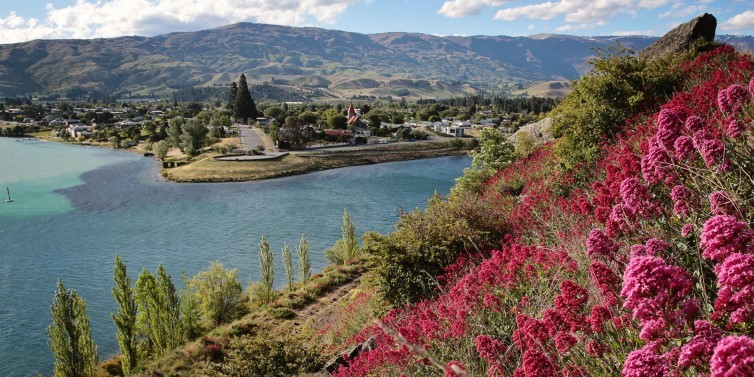Central’s tourism focus on ‘mindset’ not dollars
Jill Herron
02 May 2022, 6:10 PM
 World-beating wines…a serious drawcard for tourism in Central Otago. Image: CODC
World-beating wines…a serious drawcard for tourism in Central Otago. Image: CODCThe days of aiming expensive marketing at big spenders and pumping tourists through hotspots by the busload may be fading into the past, with new strategies aimed at attracting visitors with the right “mindset” being adopted for Central Otago.
Last week the Central Otago District Council adopted its new 60-page Draft Destination Management Plan(DMP), compiled over the past 18 months with input from tourism operators, the community, two consultancy firms and mana whenua.
Leading the work, which progressed the local authority’s earlier evolutions in tourism strategy, was Tourism Central Otago general manager, Dylan Rushbrook.
“Our ideal visitor is not defined by age or income, or by where they come from, but instead by their values, motivations or ‘mindset’,” the plan states.
In 2018, Tourism Central Otago led the national tourism industry, Rushbrook says, in its thinking about the region’s visitor markets through developing a set of ‘personas’ to describe the people who “best understand and appreciate the essential character of Central Otago, and who our communities would most like to welcome as visitors.”
When the Covid-19 pandemic closed borders in 2020 the Government seized the moment to address tourism’s issues, offering to make funds available to Regional Tourism Organisations(RTOs) across New Zealand to develop Destination Management Plans.
The plans highlight a shift in focus for RTOs from destination marketing to destination management.
The aim of the DMP was to “very deliberately shape the kind of future for tourism that communities of Central Otago want and to avoid inadvertently becoming a spill-over destination from other places,” the plan states.
The document, which is yet to be edited and publicly released, was likely to become an exemplar to other regions, council CEO Sanchia Jacobs said at the meeting.
It focuses on aspirations for short and longer-term tourism management, from a 12-month plan to 10-year plans, with a view right out to how the industry will evolve over fifty years.

The meeting of the waters, Cromwell. Image CODC
The plan is broken into nine sections and includes statements of ambition and challenge, values, strategies and key performance indicators for long term planning. It also contains 80 pages of results from a community engagement survey. Highlighted were the risks of unmanaged tourism growth, such as disillusioned communities, damage to the environment and pressure on infrastructure.
One section outlines what is called “the irrefutable truths” of the changing face of tourism, many of which involve significant change… climate change action is needed now, legislative and regulatory frameworks are changing fast, consumer markets and behaviours are changing.
Working to create better understandings with Maori and having a genuine point of difference were other key “truths”, the plan states.
“Partnership with mana whenua and embracing Te Ao Māori can only be a real partnership when it is based on shared understandings.”
The council have estimated that resourcing and implementation of the plan will cost between $250,000-300,000 per annum, according to a council report. There would also be another $70,000-100,000 spent every five years for updating research and the plan itself.
Some costs may be covered through international visitor levies and, for the coming financial year, a possible Ministry of Business Innovation and Employment fund.
More detailed figures were not available yesterday regarding the cost of compiling the document.
The draft document can be viewed on the CODC website in the meetings and agendas section, alongside the council agenda.



